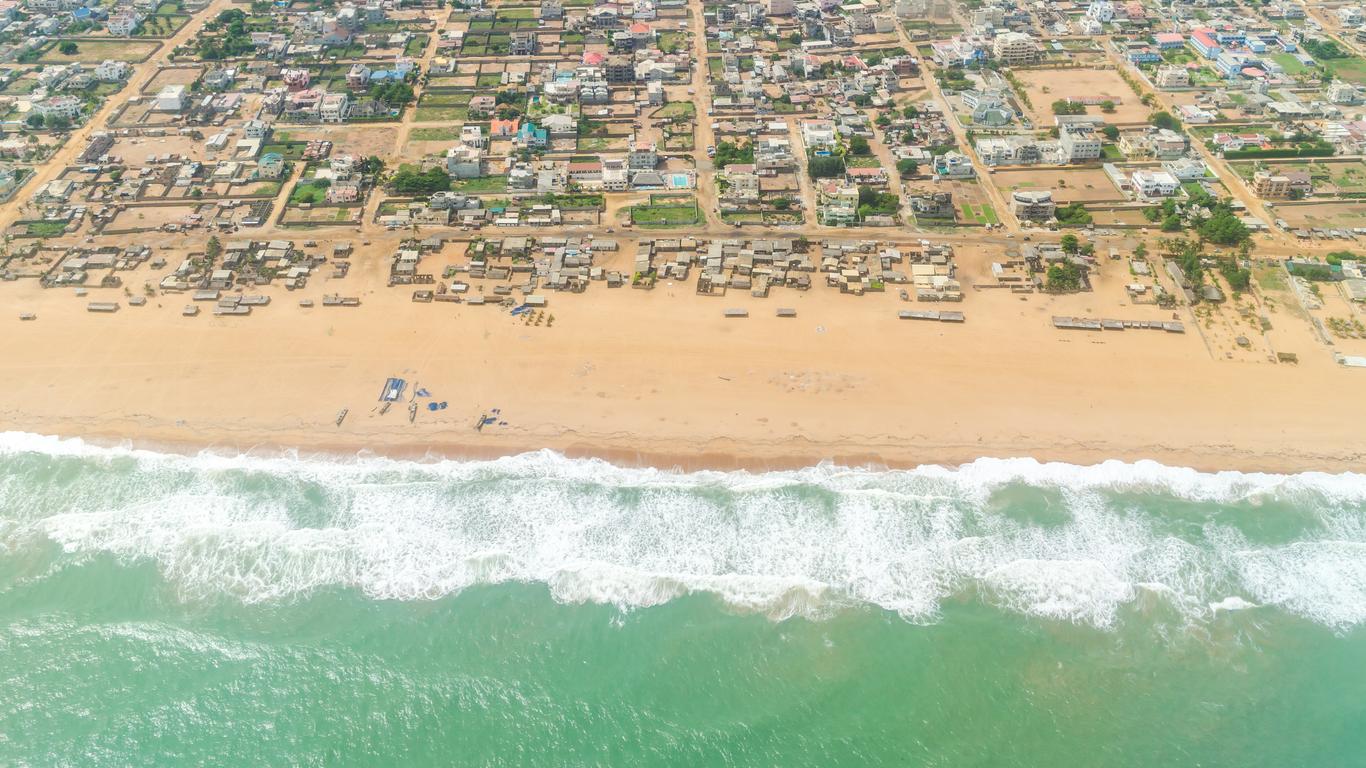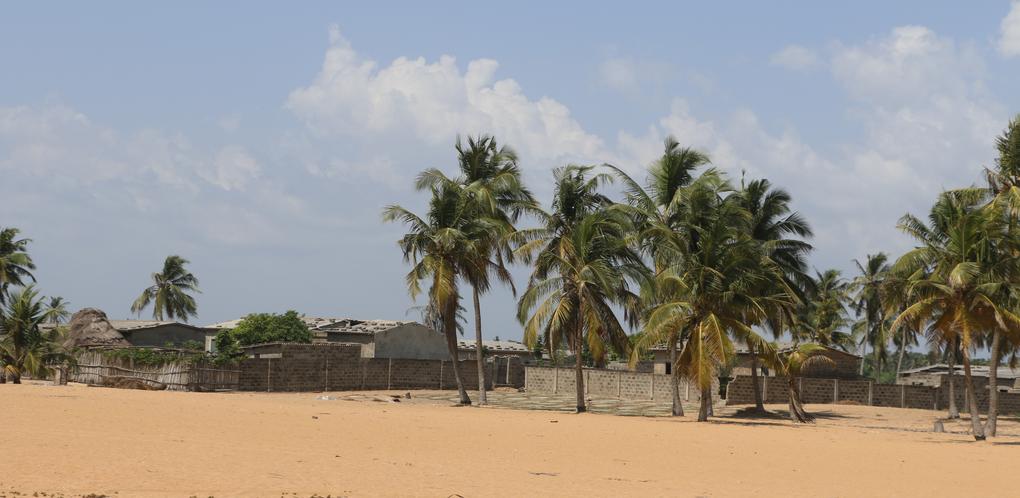
Benin travel guide
Benin Tourism | Benin Guide
You're Going to Love Benin
A trip to Benin is bound to be rich in history and learning. Not only is it the birth country of voodoo, but it played a huge role in slave trading for about 300 years. Brazilian influence can be seen in local architecture, a style developed by former slaves who returned to Benin in the mid-19th century.

What to do in Benin
1. Discover Brazilian Influence in Porto Novo
The capital of Benin is a great place to start learning about the country. Visit the Big Mosque, built between 1923 and 1925, King Toffa's Palace, and Musee da Silva to learn some local history.
2. Explore Cotonou
The largest city in Benin, Cotonou has a lot to offer, from the large Dantokpa Market to the Notre Dame des Apotres cathedral with its unique architecture and the Foundation Zinsou, which promotes local and regional art.
3. Learn About Slave Trade in Ouidah
Benin played a key role in the slave trade history, and Ouidah was one of the major centers. Visitors can see memorials while walking along the path that slaves once walked.
4. Go Swimming at Kota Falls
These 65 ft high waterfalls are an excellent location for a quiet afternoon picnic. Stay in a nearby accommodation for an extended feeling of peacefulness.
5. Visit the Floating Village of Ganvie
Ganvie was built around the 16th century to provide a safe space for locals against slave traders. It floats on the Lac Nokoue lake and is only reachable by boat.
When to visit Benin
The best time to Visit Benin is between the months of October and December, when the weather is dry yet cool enough to ensure pleasant exploration.
How to Get to Benin
Entry requirements
Citizens from African countries can enter Benin without a visa for up to 90 days, and Hong Kong citizens can do so for up to 14 days. Citizens of any other countries need to apply for a visa prior to arrival. One of the requirements to enter the country is to get a yellow fever shot and have proof to show upon entry.
Plane
The main international airport in Benin is located in Cotonou and nonstop flights are available from Paris, Moscow, Amsterdam, and various African cities.
Car
Driving into Benin is easily possible from Nigeria and Togo, while crossing from Burkina Faso or Niger might not be possible due to regional conflicts. Visas can be obtained from the bordering countries, Ghana and Congo.
Bus
Every day, bus transport is available from Niamey (Niger) and Lagos (Nigeria). Regularly, there's transport from Bobo Dioulasso (Burkina Faso) with TCV and from Abidjan (Cote d'Ivoire) passing by Lomé (Togo). All lines go to Cotonou.
Popular airports in Benin
Popular airlines serving Benin
Where to stay in Benin
Hotels of various budgets can be found in the main cities and touristic areas. Outside of the cities, guesthouses and beach resorts are available.
Where to stay in popular areas of Benin
How to Get Around Benin
Public Transportation
The main mode of transport for short distances are zemidjans, which are essentially moped taxis that can transport one or two passengers. Prices are negotiable and must be agreed upon prior to leaving. It is possible to rent a zemidjan with the driver for the full day.
Trains
Benin has a single train line that traverses the country from Parakou in the north to Cotonou in the south, although it doesn't run every day. The full train trip takes about 11h.
Bus
The bus system in Benin travels everywhere around the country, with lines run by different services, like Benin-Routes and Confort Lines. A bus from Cotonou to Parakou costs on average 5,500 CFA (9.50 USD).
Car
In order to rent a car in Benin, travelers need an International Drivers Permit. Those who prefer not to drive can travel by Bush Taxi, which are shared taxis that travel long distances. It's also possible to hire an entire taxi.
The Cost of Living in Benin
A cheap meal in Benin will cost around 2,000 CFA (3.50 USD), while a mid-range meal will be around 4,000 CFA (7 USD). Buying a bottle of water will cost around 130 CFA (0.20 USD), while a gallon of gasoline will cost around 1,000 CFA (1.60 USD). Credit cards are not very commonly used, however, Visa and Mastercard can be used to withdraw money from ATMs at Banque Atlantique, Ecobank, SGB and BIBE.